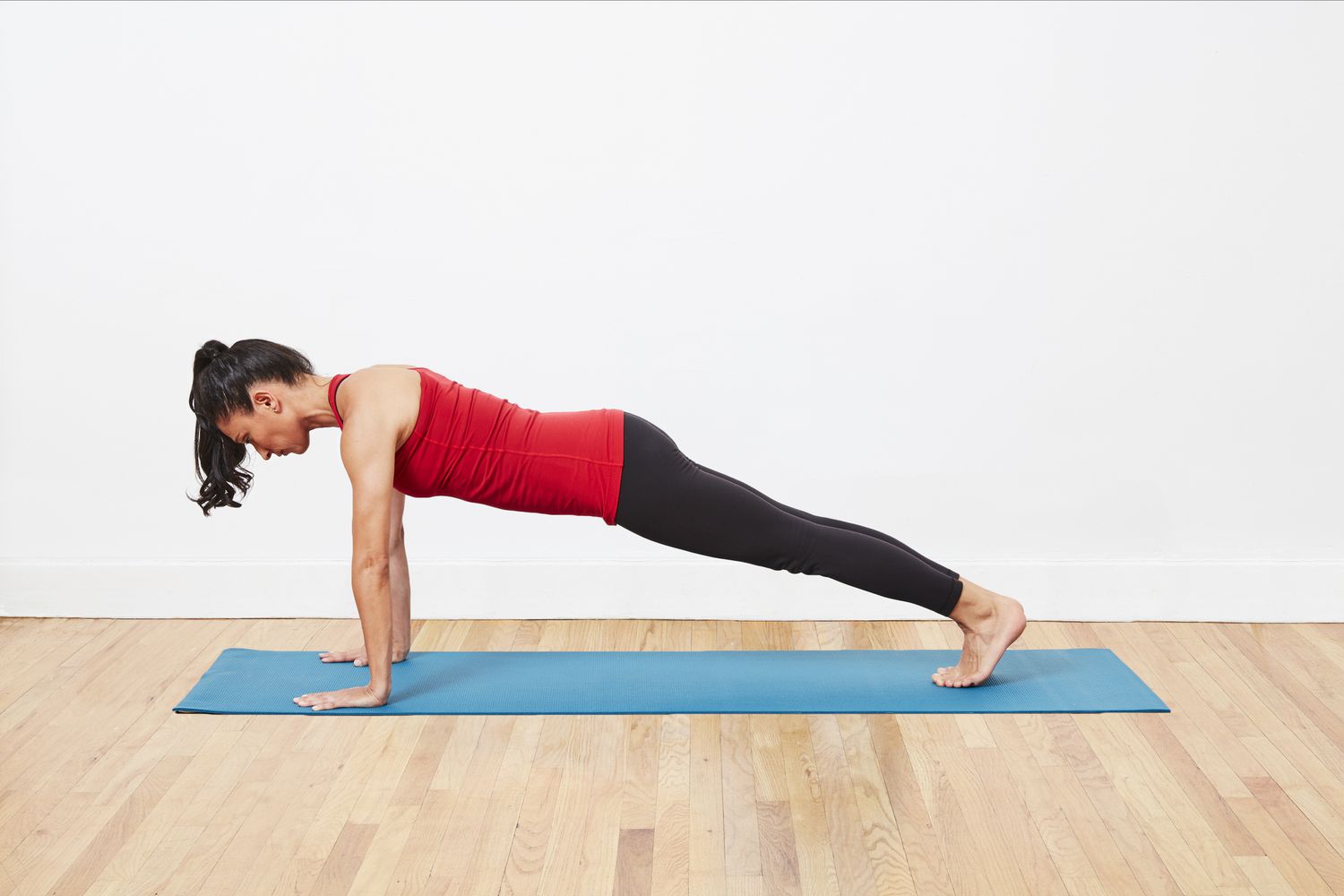Contrary to popular belief, achieving significant benefits from planking does not require extended durations. Fitness experts have emphasized that the key to an effective plank exercise lies in maintaining proper form rather than focusing solely on how long one can hold the position. Research suggests that holding a plank for one minute is the optimal time frame to reap the most benefits from this core-strengthening exercise.
The primary advantage of planking for a minute lies in its efficiency. Within this short period, the body engages multiple muscle groups, including the abdominals, glutes, and quadriceps, providing a comprehensive workout that enhances core stability and strength. However, once an individual can comfortably hold a plank for 60 seconds, it is advisable to increase the exercise’s difficulty to continue progressing.
To enhance the plank’s effectiveness, experts recommend intensifying the muscle engagement. This can be achieved by actively contracting the abdominal muscles, squeezing the glutes, and tightening the quadriceps. These adjustments not only make the exercise more challenging but also ensure that the muscles are working to their fullest potential, leading to better results.
It is crucial to avoid the common misconception that longer plank durations equate to better outcomes. Holding a plank for an excessive amount of time can lead to undue strain on the lower back, increasing the risk of injury. As fatigue sets in, the likelihood of the lower back arching grows, which compromises the exercise’s integrity and can cause harm. Maintaining proper form is paramount, as it ensures that the exercise targets the intended muscle groups without placing unnecessary stress on the body.
To prevent injury and maximize the benefits of planking, it is essential to focus on quality over quantity. Incorporating variations and progressive challenges into the plank routine can help maintain engagement and prevent plateaus. For instance, side planks, plank jacks, and plank-to-push-up transitions are excellent ways to diversify the workout while keeping it effective.
In addition to proper form and progressive difficulty, it is vital to listen to the body. Discomfort or pain, particularly in the lower back, is a clear signal to stop and reassess the technique. Consulting with a fitness professional can provide valuable guidance on achieving the correct form and incorporating planks into a balanced workout regimen.
Ultimately, the plank remains a highly effective exercise for building core strength and stability when performed correctly. By adhering to the recommended one-minute duration, focusing on muscle engagement, and avoiding excessive strain, individuals can safely and efficiently incorporate planking into their fitness routines, ensuring long-term benefits and reduced risk of injury.





